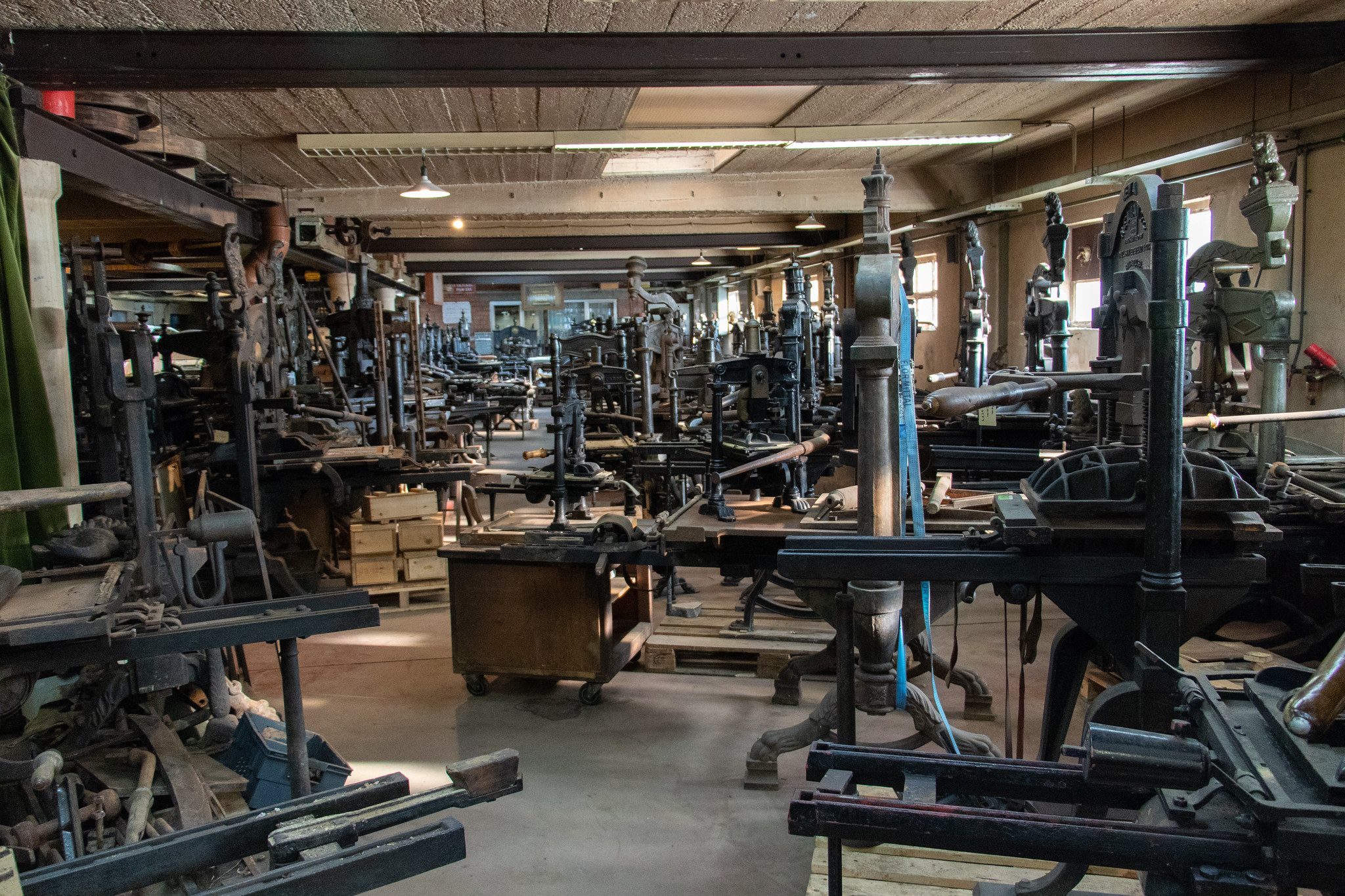Where We Came From: The origins and purpose of ATypI
A look at the origin story of ATypI itself: why it was founded, how it has evolved, perhaps where it is headed. Since we’ll be meeting in Paris this year, where ATypI was founded by Charles Peignot in 1956, it seems appropriate to take a look back.

